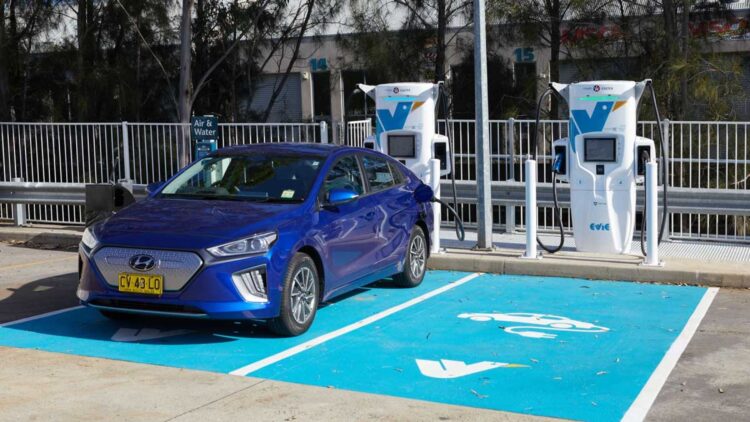Electric vehicles (EVs) have long been touted as the future of transportation, yet recent trends suggest their dominance might not last. While hydrogen power often takes the blame for challenging EVs, the real issue lies elsewhere. Falling production numbers, inadequate infrastructure, and high costs are eroding the appeal of EVs. The critical challenges threatening the EV revolution and why the world’s transition to electric mobility might be stalling at the worst possible time are discussed below.
Electric car production is struggling to meet growing demands
Despite ambitious global targets, EV production has hit a significant roadblock. According to industry data, the UK saw a recent 25% drop in EV production, underscoring a concerning trend. Manufacturers like Jaguar Land Rover emphasize the need for better government support to meet these targets. Without robust production pipelines, achieving milestones like the 2030 goal of 80% EV sales seems increasingly unrealistic.
One factor behind declining production is the complexity of transitioning from traditional vehicles. Many factories are still adapting their operations for EVs, leading to temporary shutdowns or reduced outputs. The Society of Motor Manufacturers and Traders (SMMT) attributes this to factories prepping for new models, but time is running out. A better alternative has been developed, which offers better transitioning, posing a threat to the production of EVs. The looming 2035 combustion engine ban puts even more pressure on automakers.
Another challenge is securing the necessary components for EVs. Battery production, which relies on critical minerals, is becoming a bottleneck. This hampers production and inflates costs, making EVs less accessible to the average buyer. To reverse this trend, investments in supply chain resilience are imperative.
Charging infrastructure fails to support the electric revolution
A lack of charging infrastructure is one of the biggest obstacles to EV adoption. While the UK has over 64,000 public charging devices, many EV owners remain dissatisfied. Nearly three-quarters of drivers report frustration with the current charging network, citing inadequate availability and unreliable performance.
Fast-charging stations, especially on highways, are glaringly insufficient. Trevor Leeks, operations director at Jaguar Land Rover, highlights the need for expanded fast-charging options to make long-distance EV travel viable. Current efforts to meet the government’s target of 300,000 public chargers by 2030 are falling short, leaving manufacturers and consumers concerned.
Urban areas fare better, but suburban and rural regions lag far behind. Only 37% of chargers are on the streets, leaving many potential EV owners with limited options. Addressing these gaps is critical, as convenience plays a huge role in consumer decisions. Without significant upgrades, EV adoption risks plateauing.
High costs and unmet incentives discourage potential buyers
The upfront cost of EVs remains a significant barrier for many consumers. Although EVs promise lower running costs over time, the initial investment often outweighs those savings. This is especially true for households that lack access to charging facilities, making ownership less practical.
Governments have introduced trade-in schemes and tax cuts to bridge the affordability gap, but these efforts have yet to make a substantial impact. For example, vehicle exchange programs could allow consumers to transition from combustion engines to EVs more seamlessly, but they’re not universally available or well-funded.
Compounding the issue is the lack of consumer confidence. Many potential buyers hesitate due to fears about battery lifespan, charging network reliability, and resale value. Without comprehensive policies to address these concerns, EVs will struggle to maintain their momentum in the global market.
The dream of widespread EV adoption is at risk, but hydrogen is not to blame. Instead, declining production, insufficient charging infrastructure, and high costs are holding the industry back. This new motor vehicle addresses most of the challenges of the EVs, adding to the pressure of their extinction. For EVs to thrive, governments and manufacturers must address these issues urgently.
Infrastructure, affordability, and production investments are needed to keep the electric revolution alive. Time is running out, and the next few years will be critical in determining whether EVs can fulfill their promise or fade into the background.

